13 Haunting Abandoned Cities Slowly Being Swallowed by Nature
In the vast tapestry of history, there are threads that unravel into tales of cities once vibrant with life now lying silent, reclaimed by nature. These abandoned cities, scattered across the globe, are silent witnesses to the passage of time, each with its own story etched into the crumbling walls and overgrown streets. The allure of these places lies not only in their haunting beauty but also in the mysteries they hold—stories of human triumphs, tragedies, and the inexorable march of nature. As we embark on this journey into 13 such cities, we invite you to step into a world where the past and present intertwine, where history is written not in books but in the very stones and roots of the earth. This exploration is not just for the curious traveler but for those who seek to understand the delicate balance between human ambition and nature's resilience.
1. Pripyat, Ukraine: The Ghost of Chernobyl
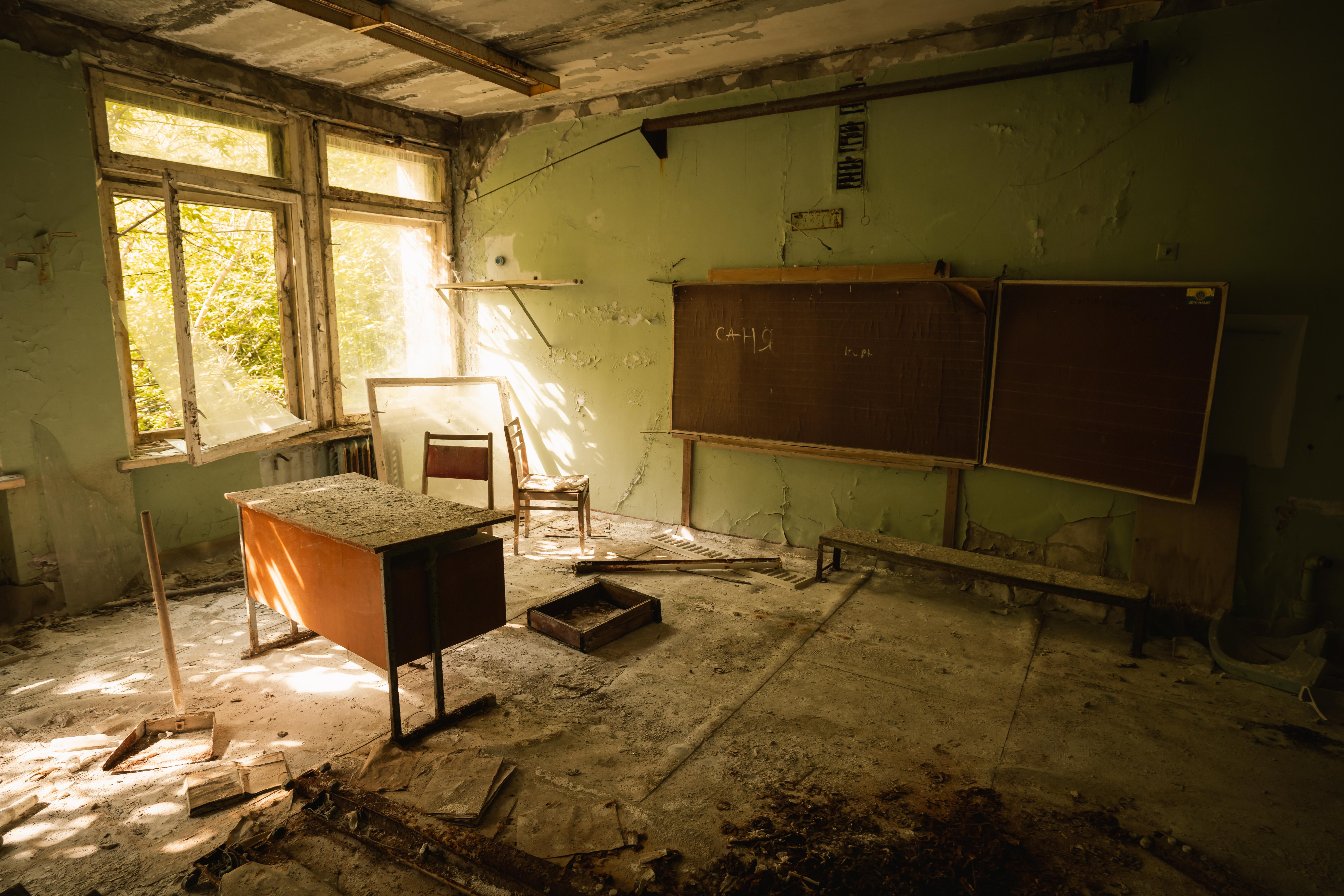
Pripyat, once a bustling city in Ukraine, stands as a chilling reminder of the Chernobyl disaster. Established in 1970 to house workers of the Chernobyl Nuclear Power Plant, Pripyat was a model Soviet city, boasting modern amenities and a population of nearly 50,000. However, the catastrophic nuclear accident on April 26, 1986, turned it into a ghost town overnight. Today, Pripyat is a poignant testament to human error and the power of nature to reclaim what was once lost. Trees burst through concrete, and wildlife roams freely, undeterred by the lingering radiation. Visitors to Pripyat are greeted by eerie sights: a Ferris wheel that never spun, schools filled with decaying books, and apartment buildings slowly succumbing to the encroaching forest. The city serves as a stark reminder of the fragility of human endeavor in the face of nature's unyielding force.
2. Hashima Island, Japan: The Concrete Battleship
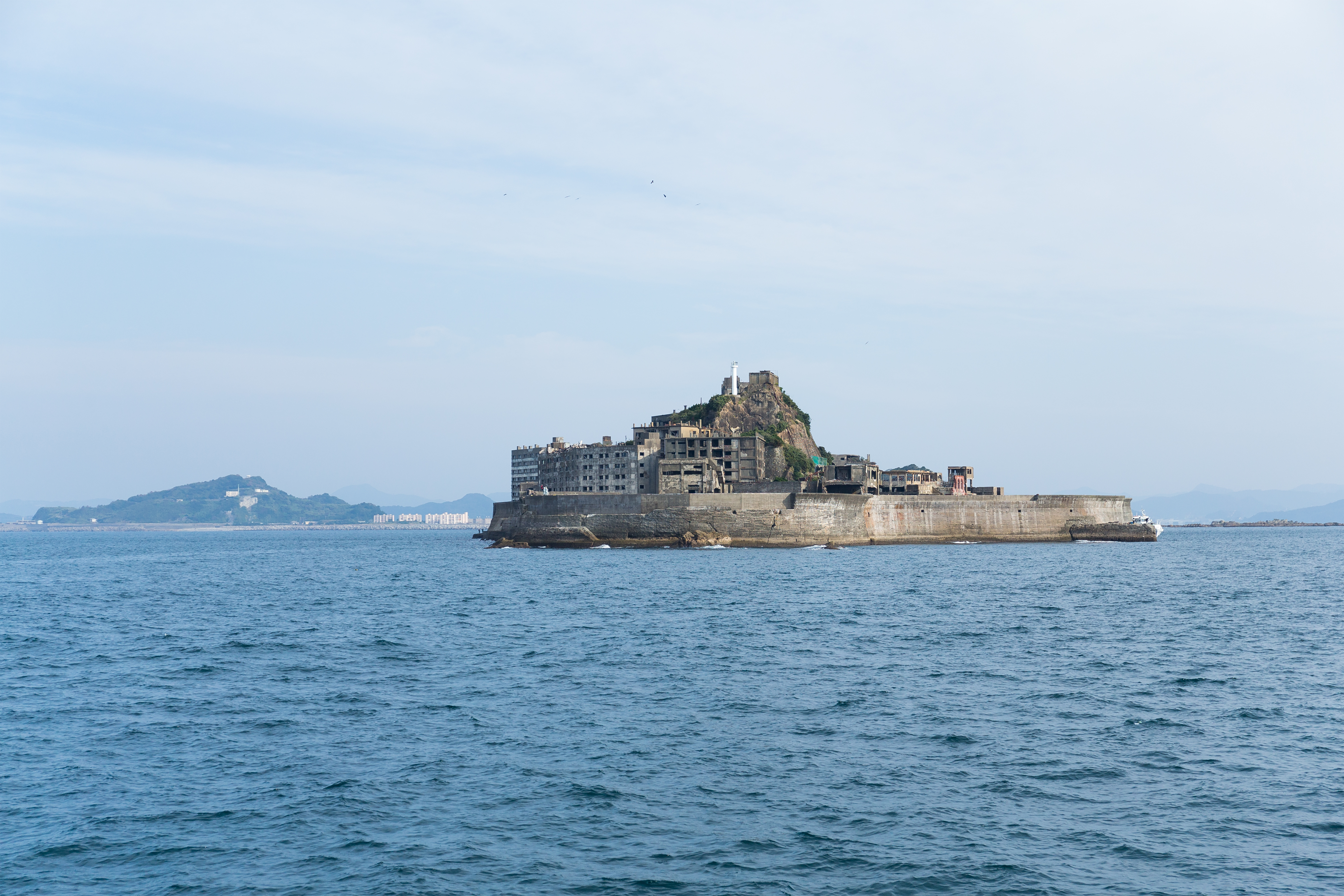
Hashima Island, also known as Gunkanjima or Battleship Island, is a small island off the coast of Nagasaki, Japan. Once a thriving coal mining facility, Hashima was home to over 5,000 residents at its peak in the mid-20th century. The island, dominated by concrete apartment blocks, resembled a battleship from afar, hence its nickname. However, as petroleum replaced coal in the 1960s, the mines closed, and the island was abandoned by 1974. Today, Hashima stands as a ghostly relic of Japan's industrial past, its buildings crumbling under the weight of time and the relentless sea winds. The island's stark silhouette against the horizon is a haunting reminder of the transient nature of human industry and the relentless march of nature, reclaiming its domain.
3. Kolmanskop, Namibia: The Deserted Diamond Town
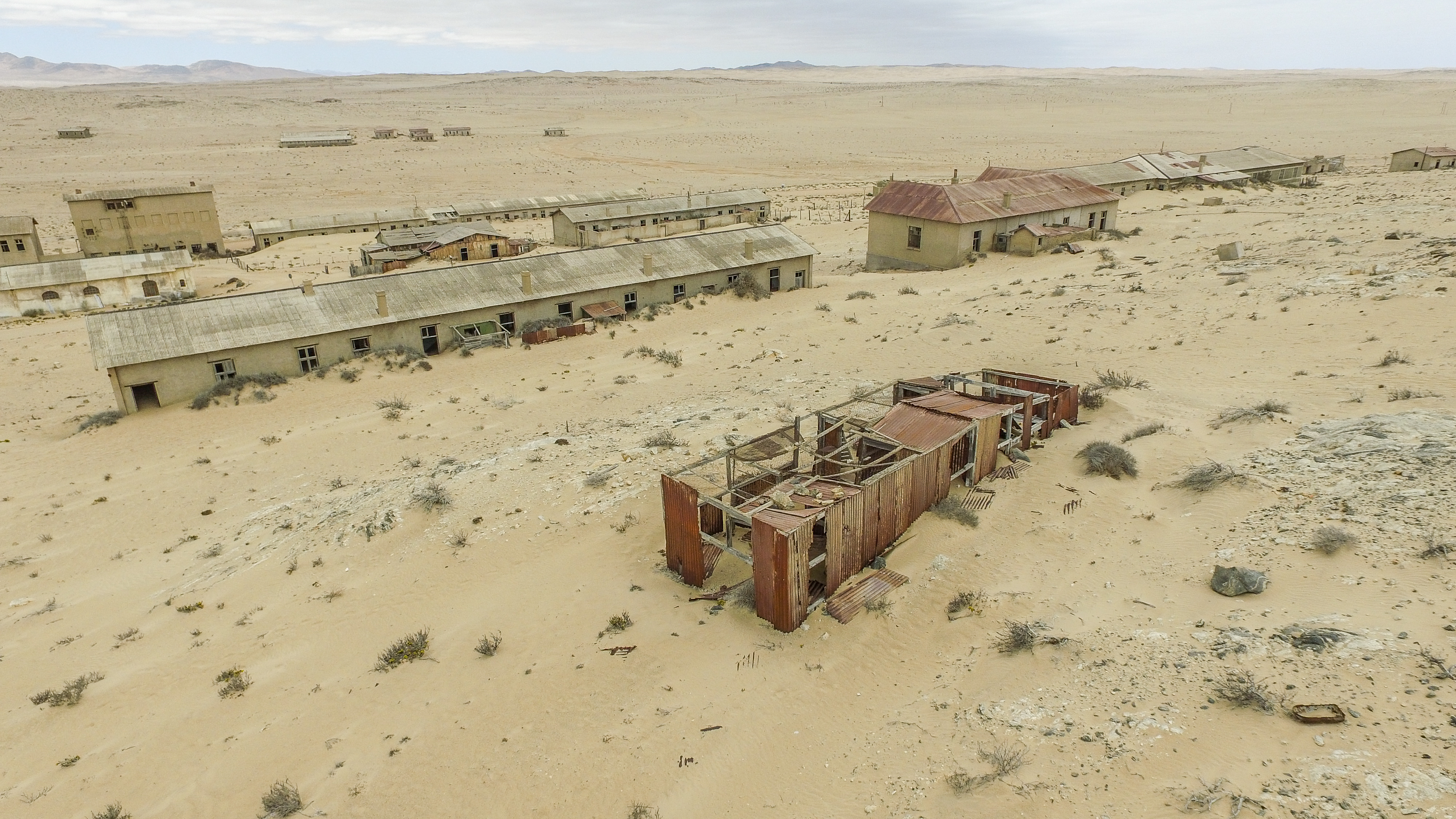
In the early 1900s, Kolmanskop was a bustling diamond mining town in the Namib Desert of Namibia. German miners flocked to the area, drawn by the promise of wealth buried beneath the sands. The town boasted opulent homes, a hospital, a school, and even a ballroom, reflecting the prosperity of its inhabitants. However, as diamond reserves dwindled, so did Kolmanskop's fortune. By the 1950s, the town was completely abandoned. Today, Kolmanskop is a surreal landscape of sand-filled buildings, where the desert is slowly reclaiming its territory. The shifting dunes create an ever-changing canvas, erasing the footprints of human ambition and leaving behind a hauntingly beautiful ghost town that beckons adventurous travelers.
4. Centralia, Pennsylvania, USA: The Town That Burns
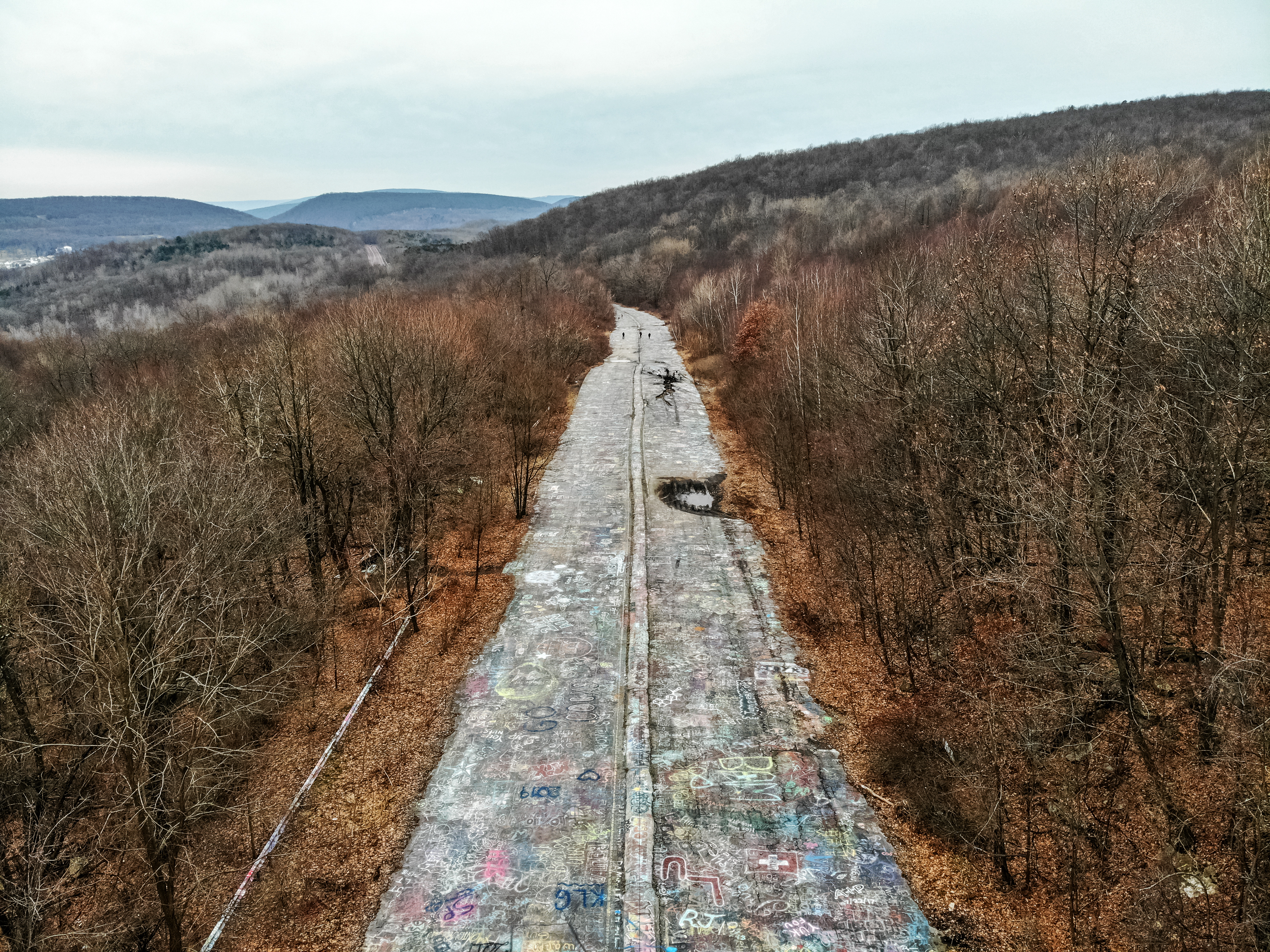
Centralia, Pennsylvania, was once a thriving coal mining town in the heart of America. However, in 1962, a fire ignited in an abandoned mine beneath the town, and it continues to burn to this day. The underground inferno rendered Centralia uninhabitable, and over the following decades, its population dwindled to a handful of residents. Today, Centralia is a ghost town, its streets cracked and steaming, with smoke rising ominously from the ground. The town's eerie atmosphere is compounded by the remnants of homes and businesses, standing as silent witnesses to the disaster. Centralia serves as a stark reminder of the dangers of unchecked industrial activity and the power of nature to reclaim even the most stubborn of human endeavors.
5. Oradour-sur-Glane, France: A Village Frozen in Time
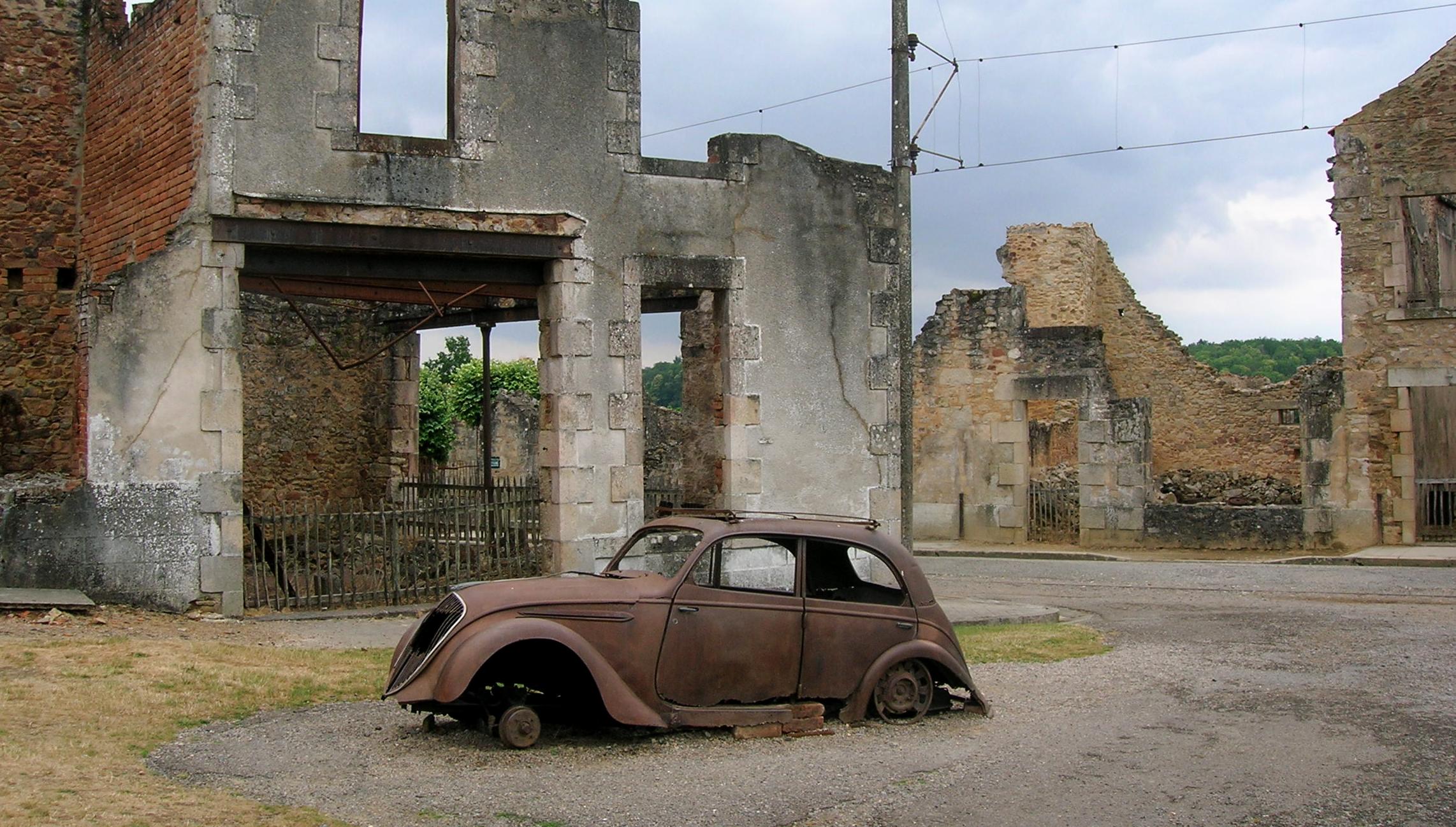
Oradour-sur-Glane, a small village in France, stands as a poignant memorial to the horrors of World War II. On June 10, 1944, Nazi troops massacred 642 inhabitants, leaving the village in ruins. After the war, French President Charles de Gaulle ordered that Oradour-sur-Glane remain as it was, a testament to the atrocities committed. Today, the village is a ghostly landscape of burned-out buildings and rusting cars, preserved in a state of arrested decay. Visitors walk through the silent streets, bearing witness to the tragedy that unfolded here. Oradour-sur-Glane is a powerful reminder of the human capacity for both cruelty and resilience, a place where history is etched into every stone and shadow.
6. Bodie, California, USA: The Wild West Ghost Town
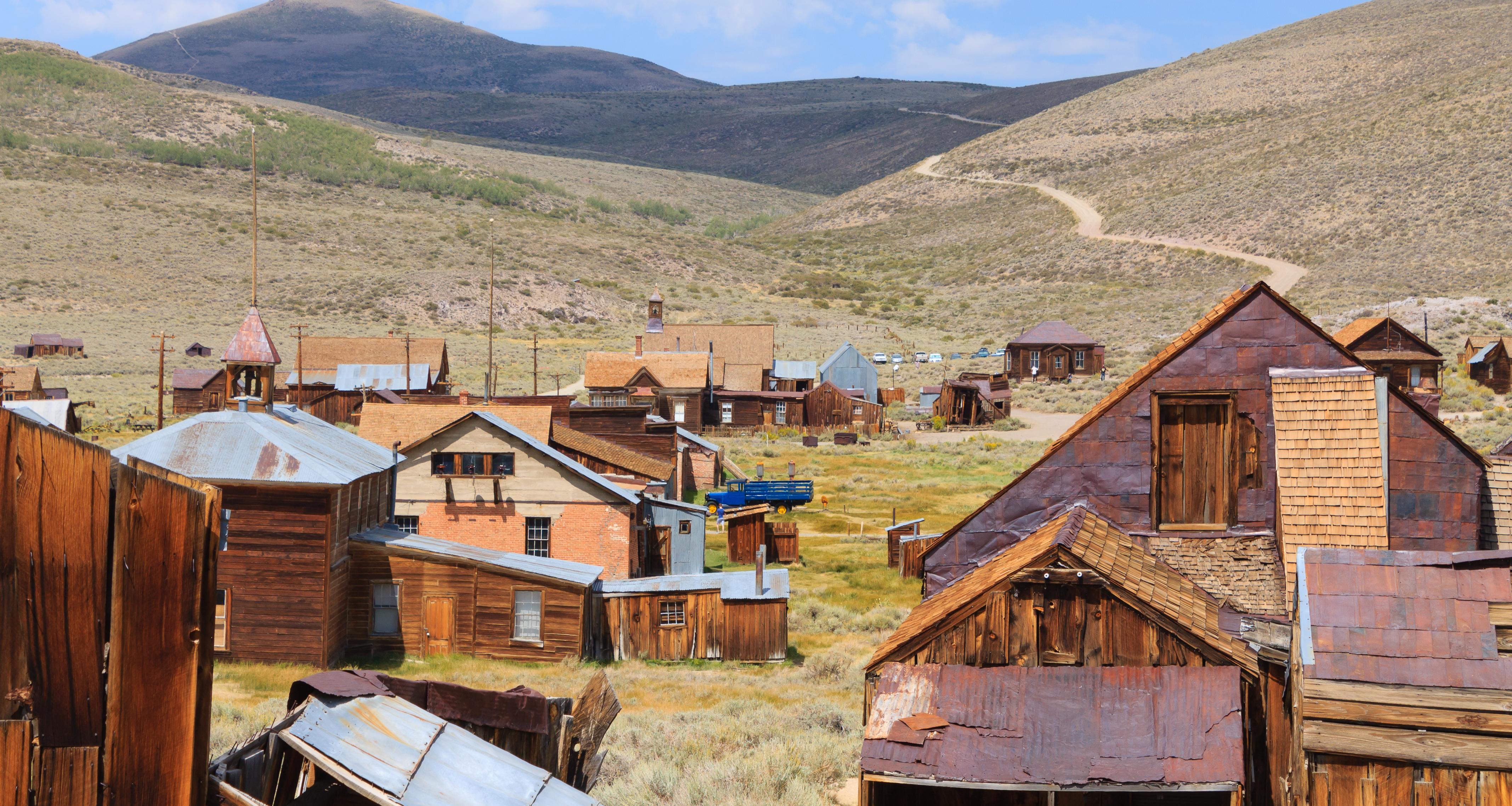
Bodie, California, is a quintessential Wild West ghost town, once a booming gold mining settlement in the late 1800s. At its peak, Bodie was home to 10,000 residents, with saloons, gambling halls, and brothels lining its dusty streets. However, as the gold ran out and the mines closed, Bodie was abandoned by the early 20th century. Today, it is preserved in a state of "arrested decay," its wooden buildings and artifacts left untouched by time. Visitors to Bodie can wander through its deserted streets, peering into windows to glimpse the past. The town is a haunting reminder of the fleeting nature of fortune and the relentless passage of time, as nature slowly reclaims what was once a bustling human settlement.
7. Craco, Italy: The Hilltop Ghost Town
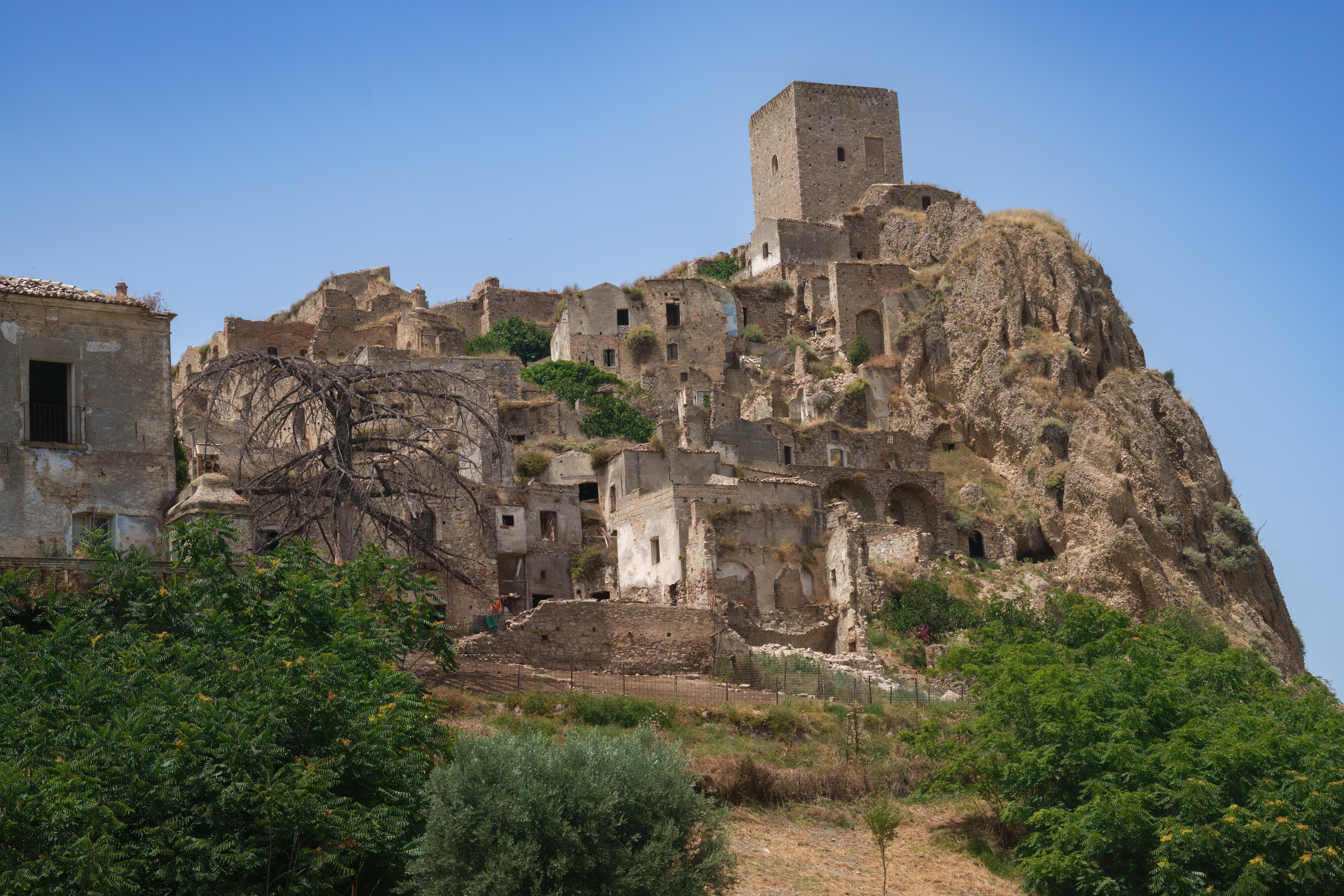
Perched atop a steep hill in southern Italy, Craco is a picturesque ghost town with a history dating back to the 8th century. The town thrived for centuries, but a series of natural disasters, including landslides and earthquakes, forced its residents to abandon it in the 20th century. Today, Craco's medieval architecture stands in stark contrast to the surrounding landscape, its stone buildings slowly succumbing to the elements. The town's narrow streets and crumbling structures create an eerie yet beautiful tableau, drawing visitors who seek to experience its haunting charm. Craco is a testament to the enduring power of nature and the impermanence of human settlements, a place where history and legend intertwine.
8. Varosha, Cyprus: The Abandoned Resort
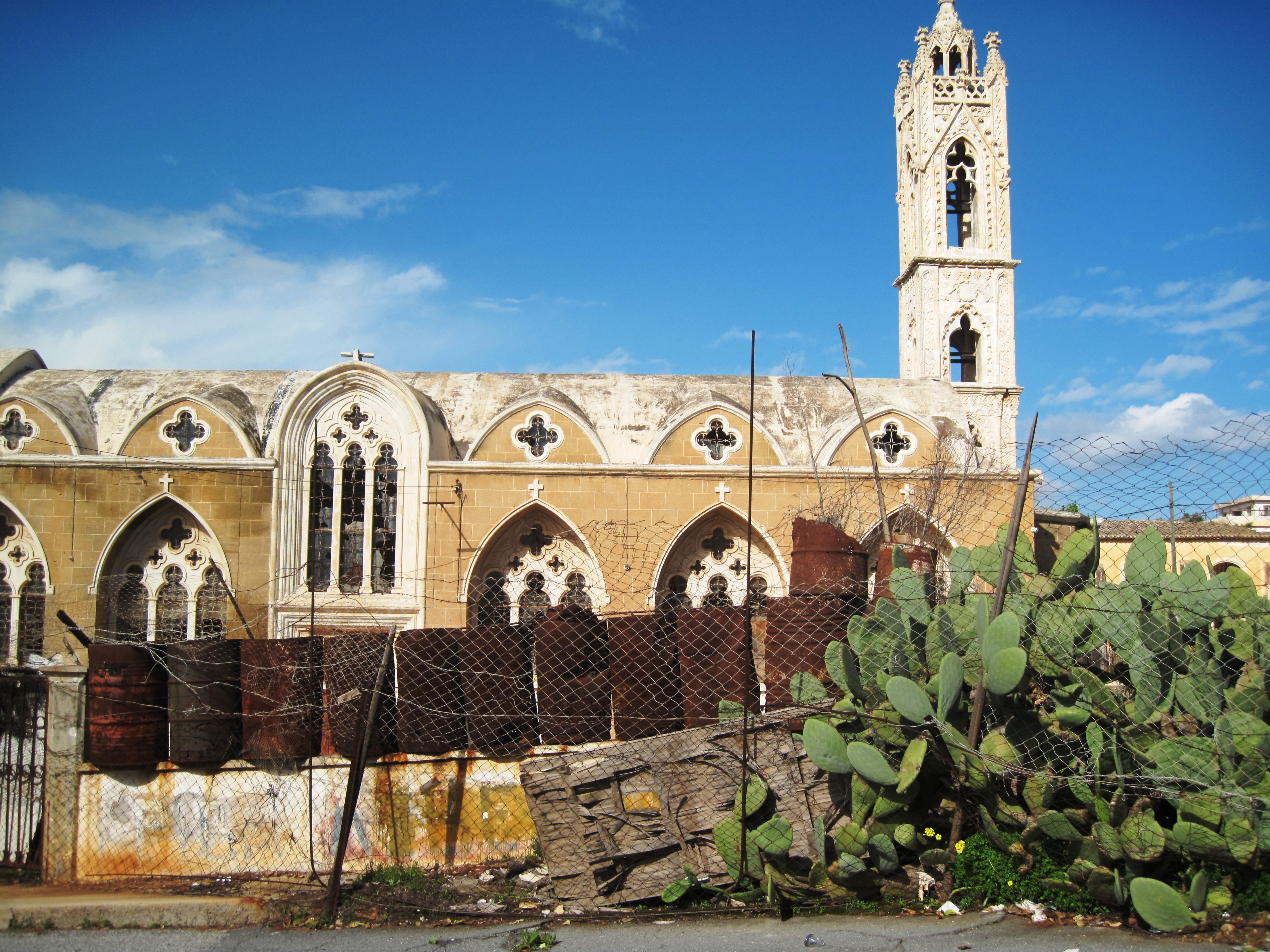
Varosha, a district in the city of Famagusta, Cyprus, was once a glamorous resort destination, frequented by celebrities and tourists in the 1970s. However, the Turkish invasion of Cyprus in 1974 led to its sudden evacuation, and the area has remained abandoned ever since. Today, Varosha is a ghost town, its luxury hotels and beachfront properties slowly decaying under the Mediterranean sun. The district is fenced off and inaccessible to the public, creating an air of mystery and intrigue. Varosha serves as a stark reminder of the impact of political conflict on human lives and the power of nature to reclaim even the most luxurious of human creations.
9. Pyramiden, Svalbard: The Arctic Ghost Town
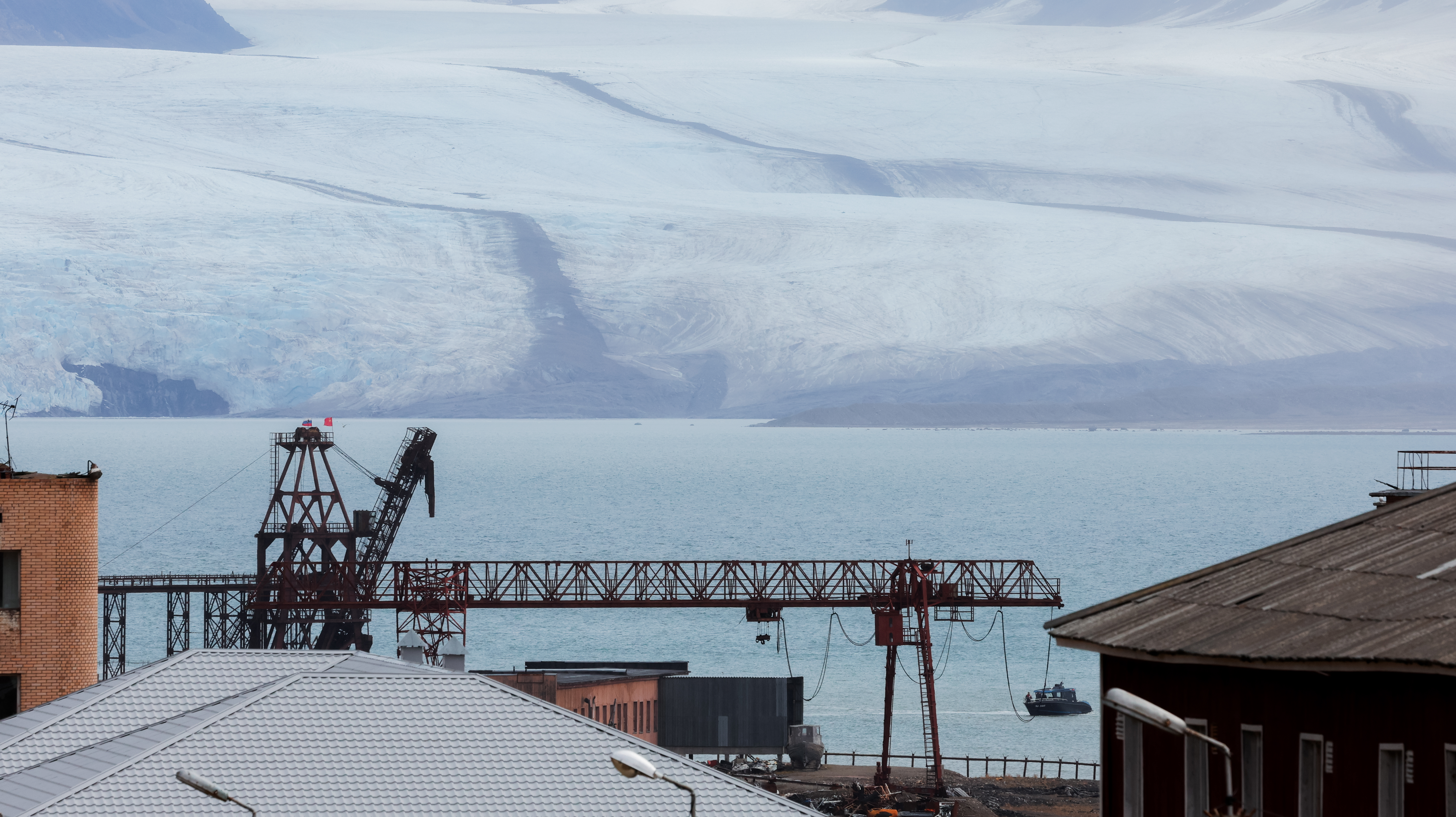
Pyramiden, located on the remote archipelago of Svalbard, Norway, was once a thriving Soviet mining settlement. Established in the early 20th century, Pyramiden was home to a vibrant community of miners and their families. However, the collapse of the Soviet Union and the decline of coal mining led to its abandonment in 1998. Today, Pyramiden is a ghost town, its buildings preserved by the Arctic climate. Visitors to Pyramiden can explore its Soviet-era architecture, including a cultural center, a swimming pool, and a bust of Lenin. The town's desolate landscape and eerie silence create a haunting atmosphere, a testament to the impermanence of human endeavor in the face of nature's enduring power.
10. Kayaköy, Turkey: The Deserted Village
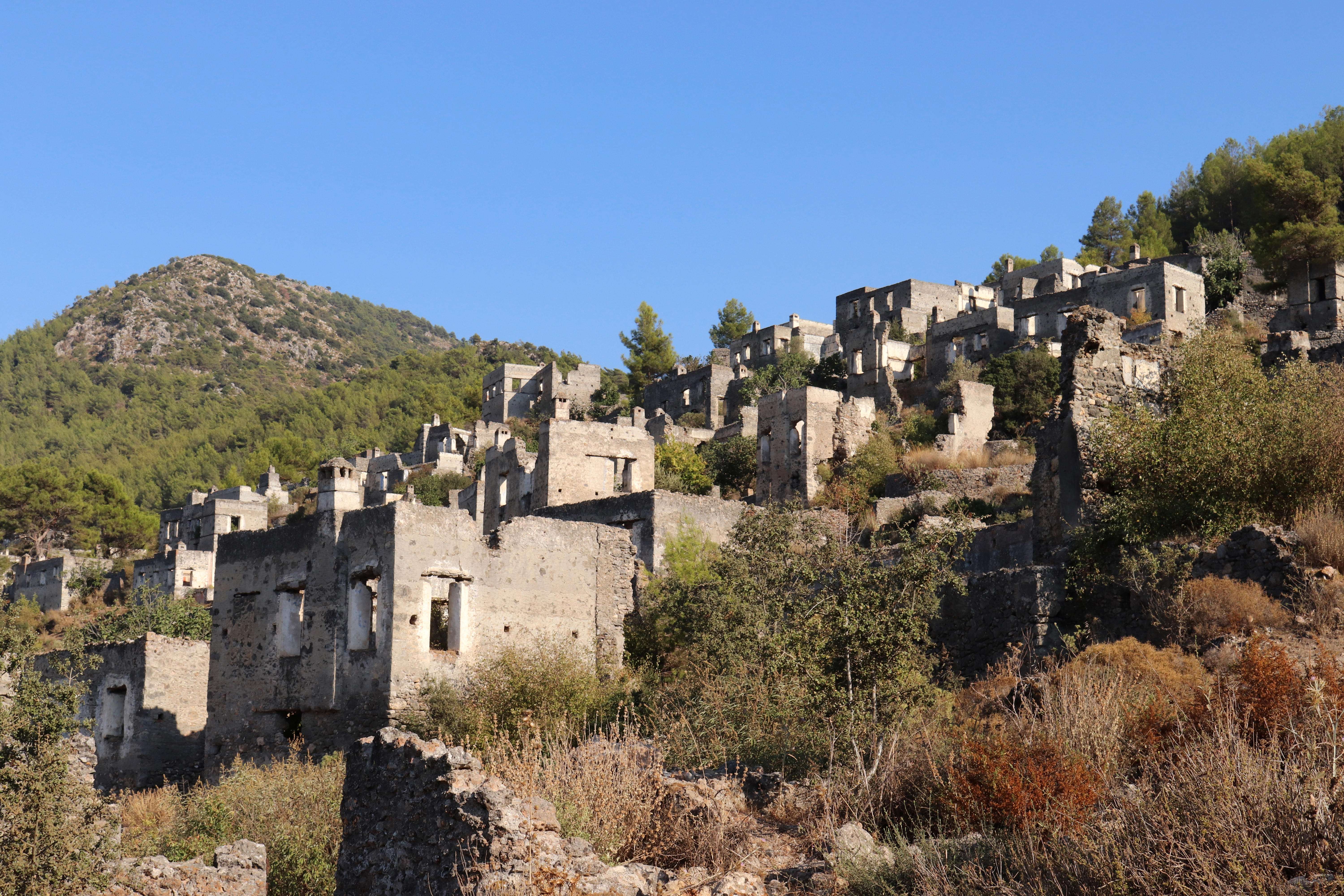
Kayaköy, located in southwestern Turkey, is a deserted village with a history dating back to ancient times. Once a thriving Greek community, Kayaköy was abandoned in the early 20th century following a population exchange between Greece and Turkey. Today, the village is a ghostly landscape of stone houses and churches, slowly succumbing to the elements. Visitors to Kayaköy can wander through its narrow streets, exploring the ruins and imagining the lives of those who once called it home. The village is a poignant reminder of the impact of political and social upheaval on human communities, a place where history is etched into every stone and shadow.
11. Humberstone and Santa Laura, Chile: The Nitrate Ghost Towns
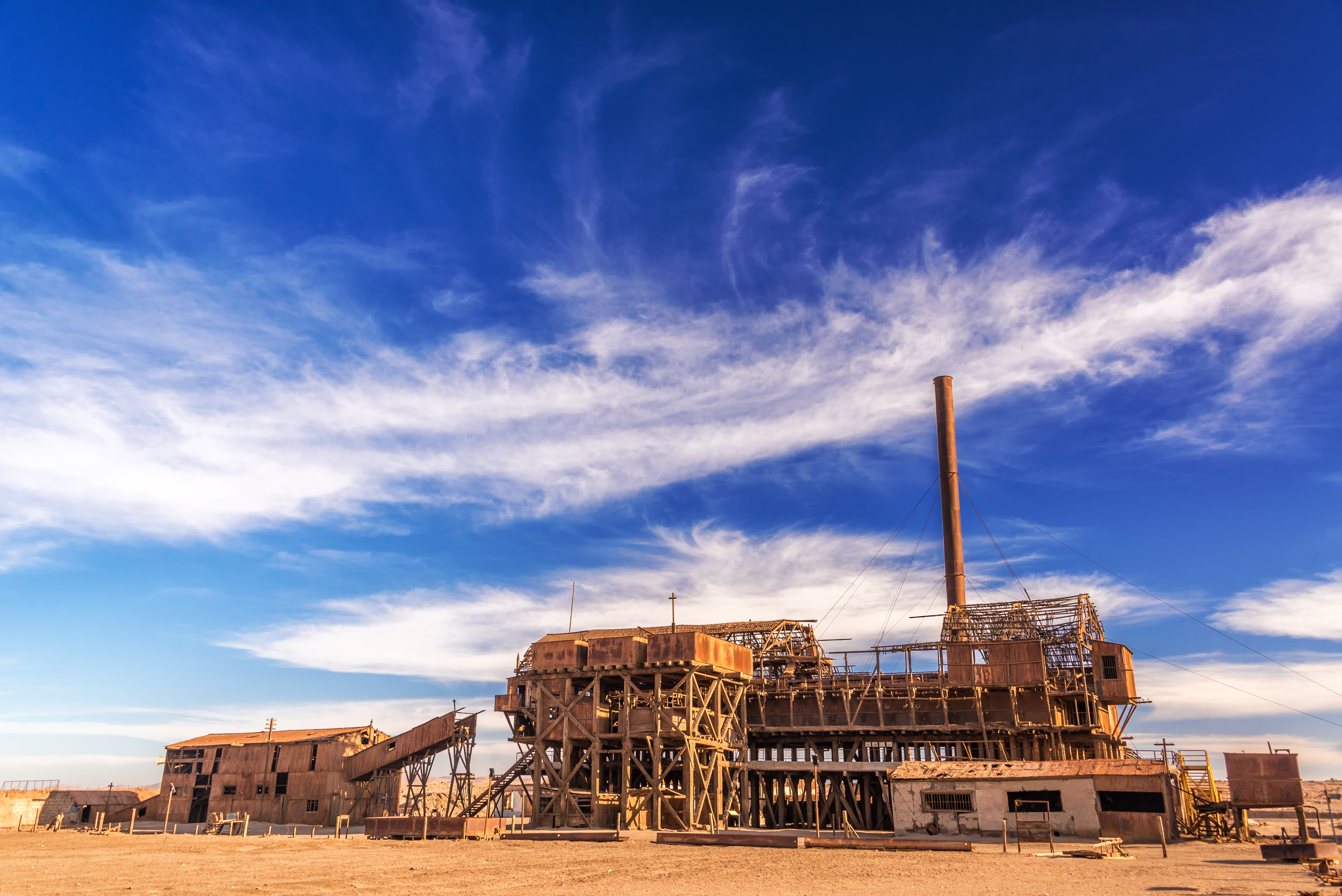
Humberstone and Santa Laura, located in the Atacama Desert of Chile, were once bustling nitrate mining towns in the late 19th and early 20th centuries. The towns thrived on the production of sodium nitrate, a key ingredient in fertilizers and explosives. However, the development of synthetic alternatives led to their decline, and they were abandoned by the mid-20th century. Today, Humberstone and Santa Laura are ghost towns, their rusting machinery and decaying buildings standing as silent witnesses to a bygone era. Visitors to these towns can explore the remnants of their industrial past, experiencing the haunting beauty of the desert landscape as nature slowly reclaims what was once a thriving human settlement.
12. Belchite, Spain: The Ruins of War
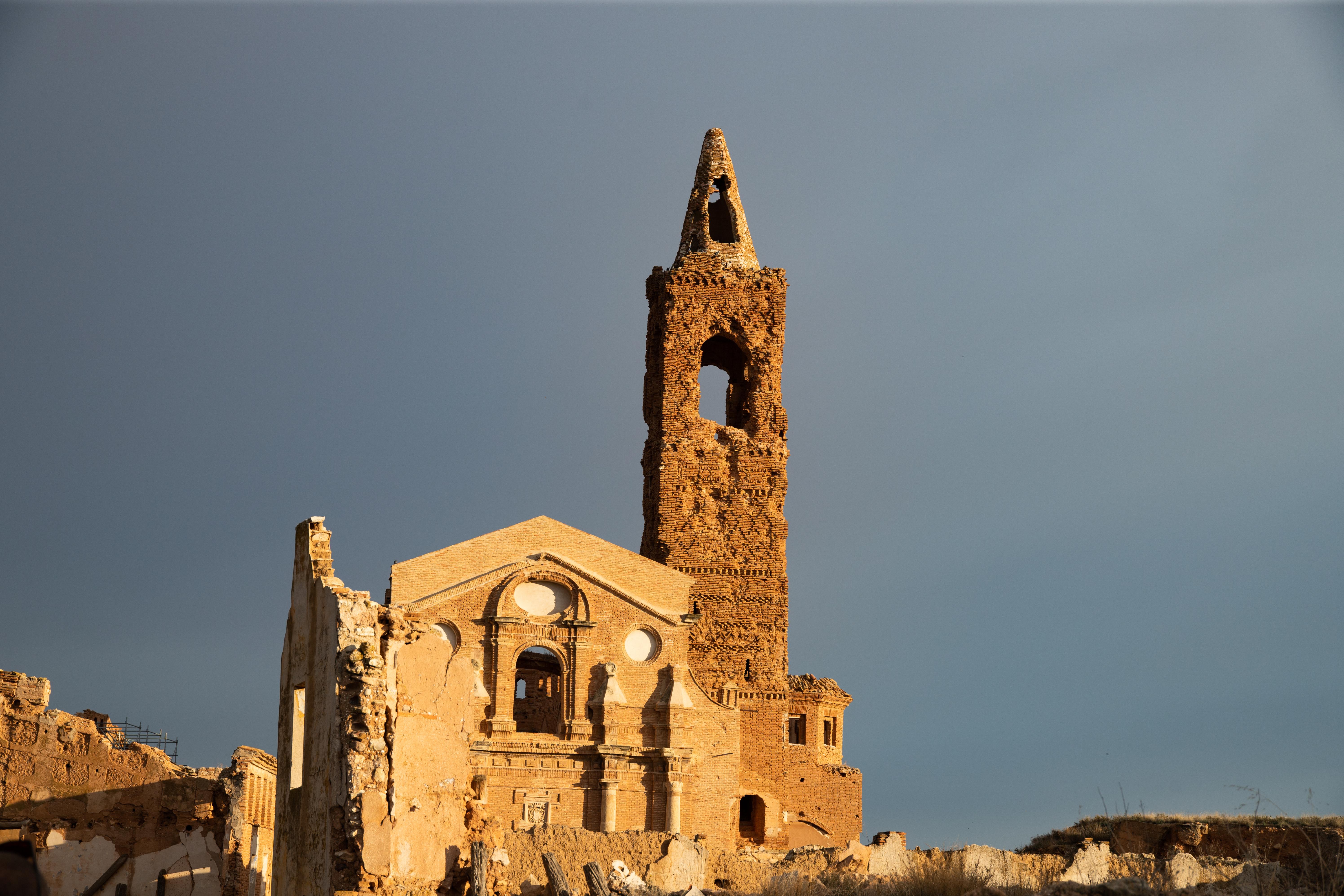
Belchite, a small town in northeastern Spain, stands as a haunting reminder of the Spanish Civil War. In 1937, the town was the site of a brutal battle between Republican and Nationalist forces, leaving it in ruins. After the war, a new town was built nearby, and the original Belchite was left as a memorial to the conflict. Today, visitors can explore the crumbling remains of churches, homes, and streets, bearing witness to the destruction wrought by war. Belchite is a powerful reminder of the human capacity for both destruction and resilience in a place where history seems to be etched into every stone and shadow.
13. Rhyolite, Nevada, USA: The Short-lived Boomtown
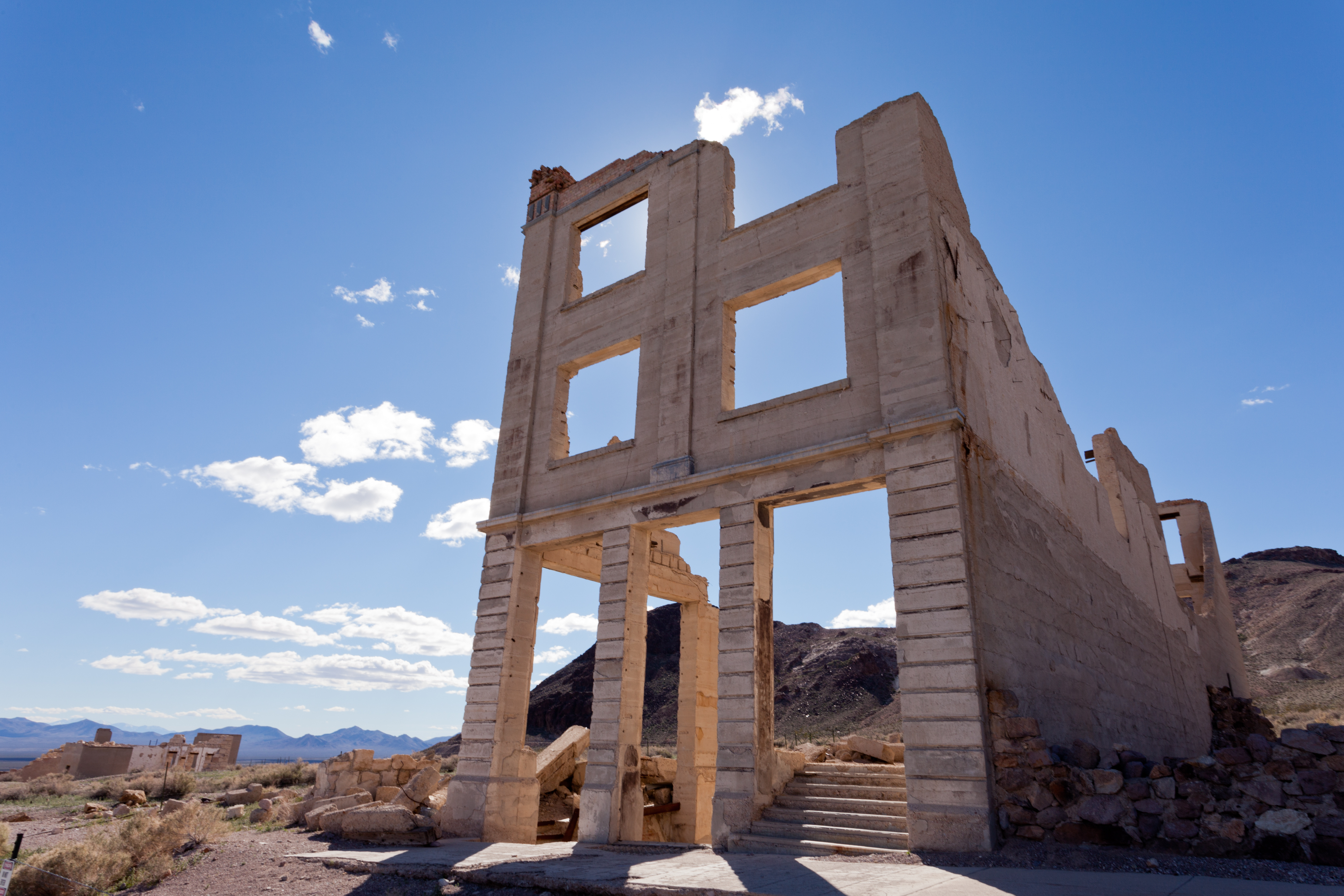
Rhyolite, Nevada, was a short-lived boomtown that sprang up in the early 1900s during the gold rush. At its peak, Rhyolite boasted a population of over 5,000, with a stock exchange, opera house, and even a red-light district. However, as the gold ran out and the mines closed, Rhyolite was abandoned by 1916. Today, the town is a ghostly landscape of crumbling buildings and rusting machinery, slowly succumbing to the harsh desert climate. Visitors to Rhyolite can explore its deserted streets and imagine the lives of those who once sought fortune in its dusty hills. The town is a haunting reminder of the fleeting nature of wealth and the relentless passage of time.
As we conclude our journey through these haunting abandoned cities, we are reminded of the delicate balance between human ambition and nature's resilience. Each city, with its own unique story, serves as a testament to the impermanence of human endeavor and the enduring power of nature. These ghost towns, reclaimed by the elements, invite us to reflect on the passage of time and the legacy we leave behind. For the adventurous traveler, they offer a glimpse into a world where history and nature intertwine, a world where the echoes of the past resonate in the present. As we leave these cities behind, we carry with us the stories they hold, stories of triumph and tragedy, of human endeavor and nature's unyielding force.








